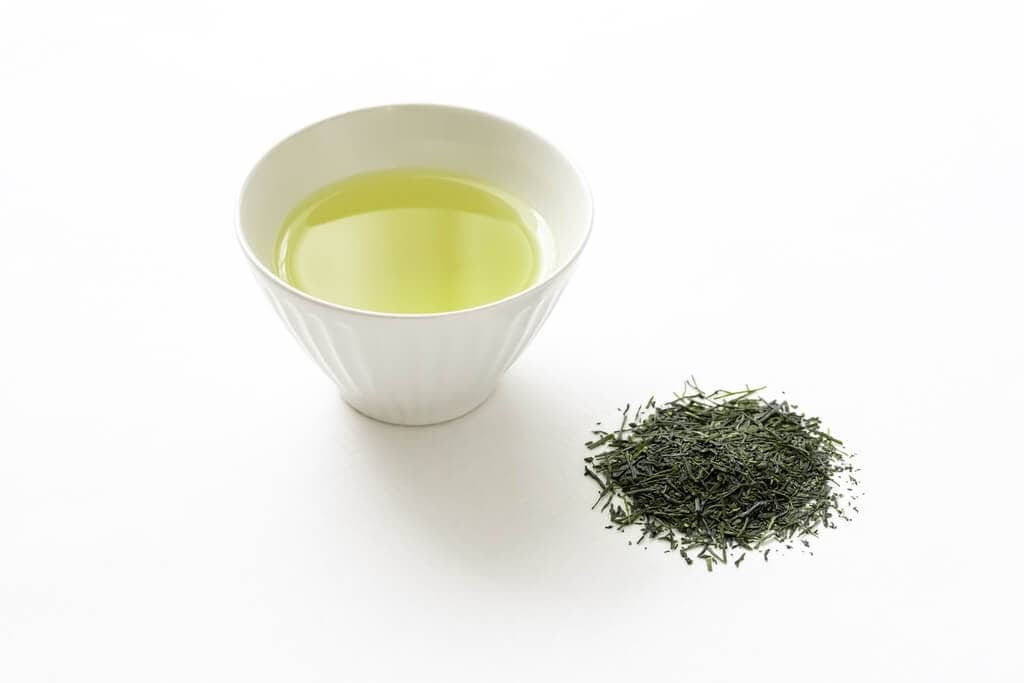
Ryokucha is the word for Japanese green tea in general and is the tea leaves made without fermenting them.
In Japan, green tea, known as "ryokucha," is much more than a beverage—it's an integral experience deeply rooted in culture and history. Ryokucha encompasses various types of green tea, including Sencha, Matcha, Hojicha, Bancha, and Gyokuro, each with distinct flavors and characteristics. Initially introduced from China over 1,200 years ago, green tea has evolved into a staple of Japanese life, celebrated for its medicinal properties and cultural significance, particularly in tea ceremonies.
Ryokucha refers to unfermented tea made from Camellia sinensis leaves, processed by steaming or roasting to prevent oxidation, preserving its green color and vegetal taste. Tea cultivation began in Japan during the Heian period and expanded significantly during the Muromachi period, becoming popular among samurais and merchants. Matcha stands out as a finely ground powder used in traditional ceremonies and modern culinary applications.
Various production techniques, like steaming, rolling, and blending, ensure the quality and flavor of Japanese green teas. The health benefits are notable, with components like catechins and theanine offering antioxidant effects, metabolic boosts, and stress relief. Tea culture thrives in Japan, with specialty tea rooms across the country offering both traditional and innovative tea experiences.
Today, the appreciation for Japanese green tea continues to grow, with its integration into culinary dishes and as an integral part of social customs. Whether enjoyed hot, cold, or in sparkling varieties, ryokucha invites individuals to savor its rich history and evolving flavors. Through its diverse offerings and profound cultural heritage, Japanese green tea remains a cherished and revitalizing spirit.